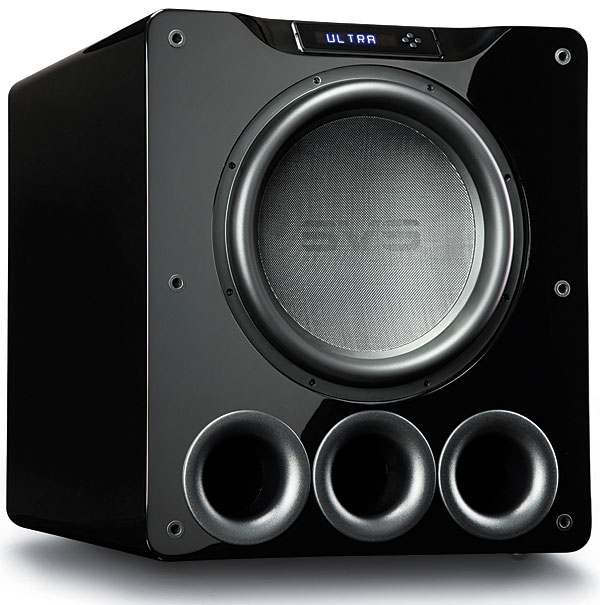Nice reviewer of these 2 awesome subs. A first I believe with technical measurements.
How do you explain the difference in the -3dB points between what you measured (Closed-mic) and what SVS states using the 2m ground plane technique?
Even the high-end is off. SVS claims 3dB at 460Hz and you measured significantly lower.

 How Low Can You Go?
How Low Can You Go?

































































